BALLET
ÉTENDRE
BARRE
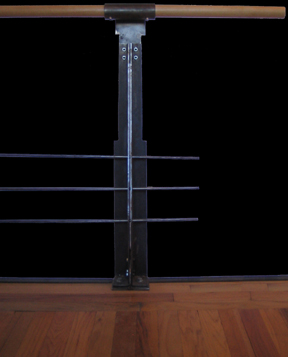
|
Materiality is a philosophy of design, which creates hierarchies of mechanical and molecular joinery systems that timelessly resonate with the human psyche and soul. |
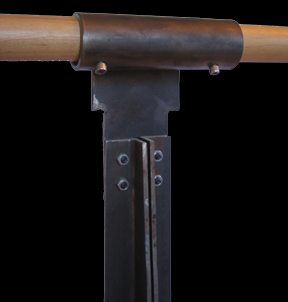
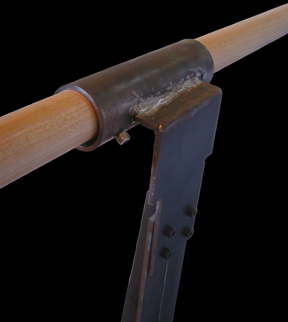
|
This theory can manifest within all two and three-dimensional scales. It was drafted by Carlo Scarpa [Italian Rationalist] and Iakov Chernikhov [Russian Constructivist] during the early to mid 1900's. |
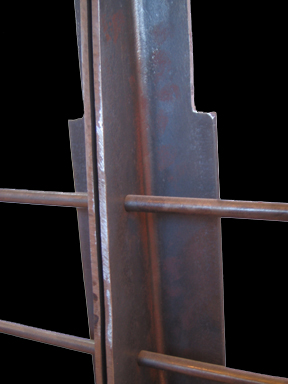
|
Every design starts with a basic goal, "Create X". To construct "X": "A" and "C" must be structurally joined. "A" and "C" each have their own purpose, physical material, stress/strain, motion requirements, etc. that optimize their respective methods of formation. Core to this theory of assemblage is the creation of "B", which mitigates between the two other materials. Sometimes "B" is a simple molecular weld, which assimilates "A" and "C" into one. But other times, utility, economy and a sense of beauty allow for "B" to evolve into something entirely unique; a structural hybrid of "A" and "C", which allows for mechanical translation of their individual languages into a collaborative dialogue. It is this composition of distinct elements by a mitigating third juncture, which allows the mind to appreciate the full potency of design, tactility and substance. Within every design, there are a series of sets and subsets of these relationships. Design narrative should extend from the smallest of microscopic scales up through the entirety of macroscopic composition and the external environment. |
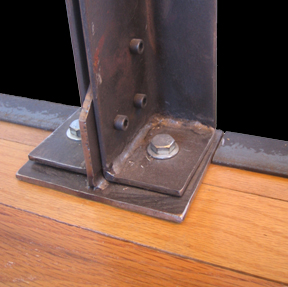
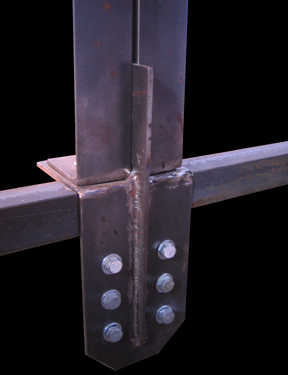
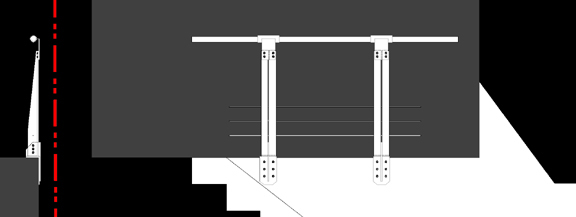
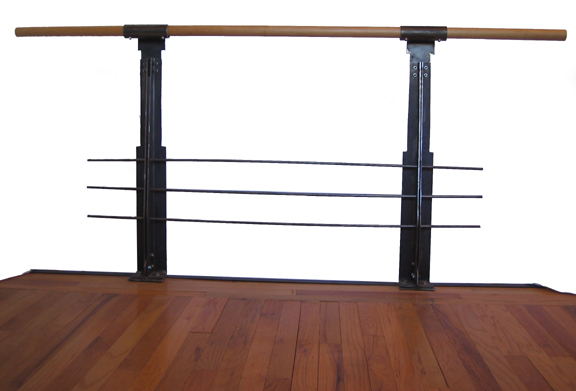
PROJECT STATISTICS:
PROJECT: Ballet Étendre Barre, 2005
COST: $2,450
LOCATION: portland, oregon
CLIENT: fredrick h. zal
PRESS:
Otto, Bridget. The Oregonian: “Material Worth: Architect Fredrick Zal draws inspiration from building materials and their history",
8 March 2007, Home + Gardens, p.6-9.
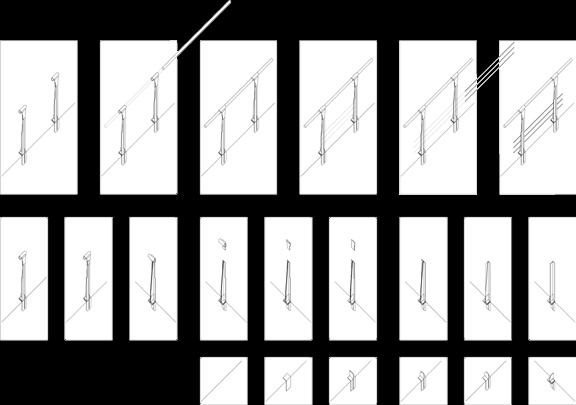
design process